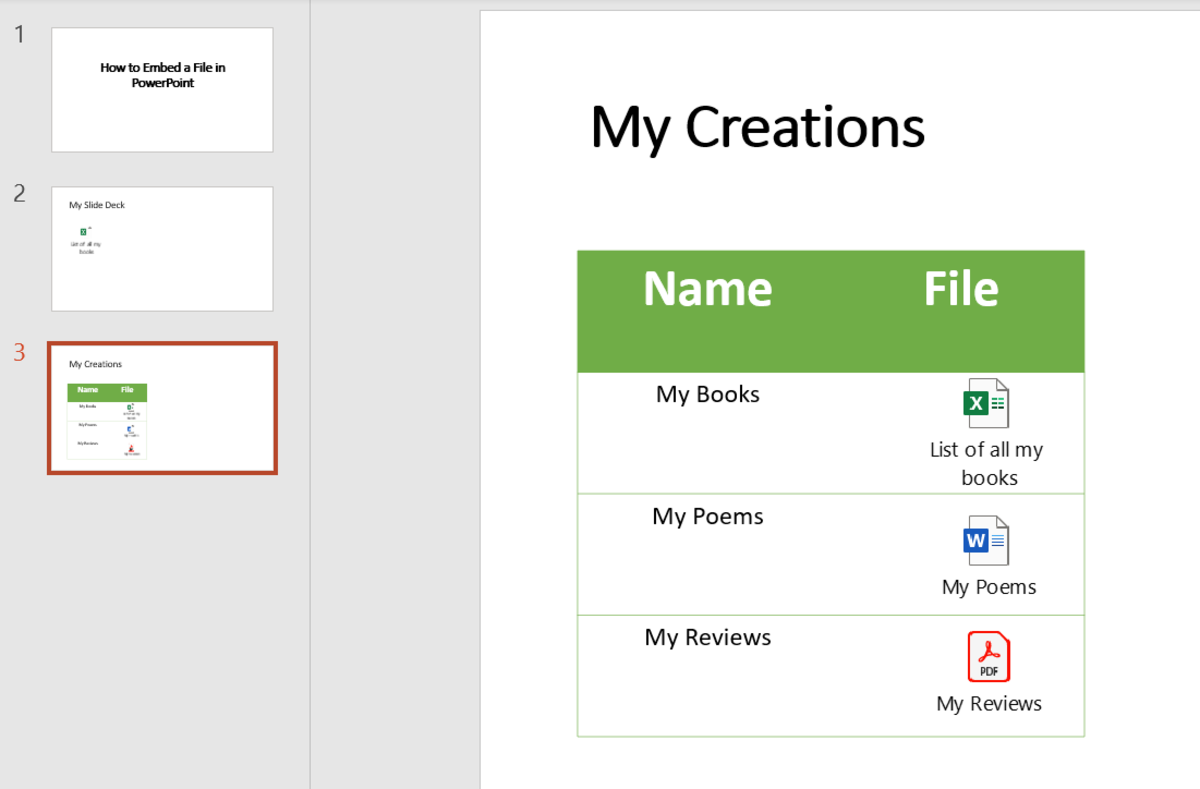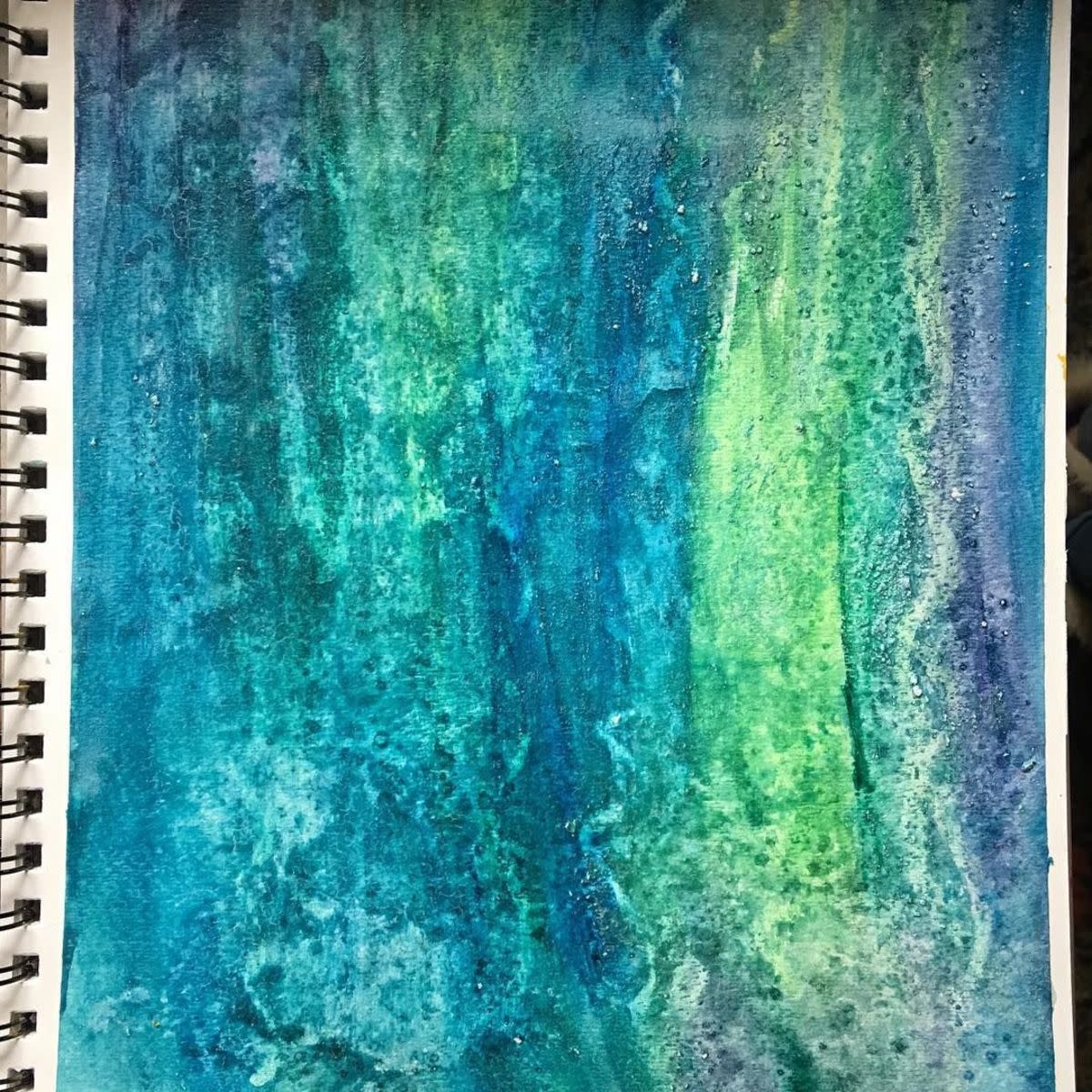- HubPages»
- Technology»
- Computers & Software»
- Computer Software»
- Digital Photography & Video
How to Make a png File (A Photo With a Transparent Background)
Examples of A PNG File with a Transparent Background

Images with transparent backgrounds are very useful for creating modified images that can be used for publishing, making web sites and more. With a Macbook, you can make a screenshot of something and you create a png image fie automatically. But this file does not have transparency. You need photo editing programs to achieve that effect.
One png image that I have created is shown to the right, with its original shown below. This image was taken at night among a troupe of other dancers, spectators and various distractions. Having an image without all of these distractions is much more striking and attractive.
The program that I normally use for creating png files with transparent backgrounds is Adobe Photoshop, but there are other programs that can do the same thing, notably GIMP, which is a free, open source image editor. GIMP is available for both Mac iOS and PC operating systems.
Via text instructions and video below, I will show you how to edit images to make clear backgrounds with both of these photo editors.

Making a Transparent Background png file with Adobe Photoshop
There are two different ways of making a transparent background in Photoshop (I am using version CS 4). If you have a simple background which is different in color than the object you want to isolate, you can use the tool known as "magic eraser." It is located below the history paintbrush on the left hand toolbar. When you click on an area with this tool, all of the portion of a similar color is removed.
If you have an object that blends with the background, be careful when using this tool, as it will remove part of the object that you want. If it does remove it, you can click on Edit>Step Backward to recover from the deletion, however. Then, using paintbrush, select an area that has a color that is different from this area and paint it. After it is painted, you can delete it again without having it delete the desired object.
The Magic Wand Tool. Another tool used in Photoshop is the "magic wand" tool. The magic wand tool will stick to a nearby object as you surround it with a border. When the object is completely surrounded, you can cut out the object and paste it onto a transparent background (shown by a checkered pattern on the editing screen). Again, if the object isn't clearly delineated from the background, this won't work well either. However, if that is the case, you can paint in blended-in areas to make them contrast from the background and then use that as part of object temporarily. Then you can delete it with magic eraser, or paint again and delete with the magic eraser as needed.
Corrections. Sometimes marginal areas are deleted no matter what you do. You can zoom in on the object and paint in these areas to match, working in great detail pixel by pixel, as needed. The healing tool can help blend in the areas to make the object look natural.
Photo Editing Programs
Using GIMP to Place an Image on Another Background
Using GIMP to Make A png File with An Erased Background
Moving an image with GIMP is done in two different ways as well. In the first method, you make the background first and then move an object on top of the background. You have to scale its size to fit the background, which also activates the eraser that gives you the png background. (Be sure to click the shrink merged box on the bottom left hand tool section to shrink an object proportionally). After it fits, then click on the eraser, using a soft-edge eraser, to erase the area immediately around the object and then broaden the erasure to eliminate background further out.
You can also cut out the object using the cut-out and paste method shown in the video below. This method may save time in some cases, as you don't have to zoom in to erase around the edges.
Using The Cut-Out And Paste Method










